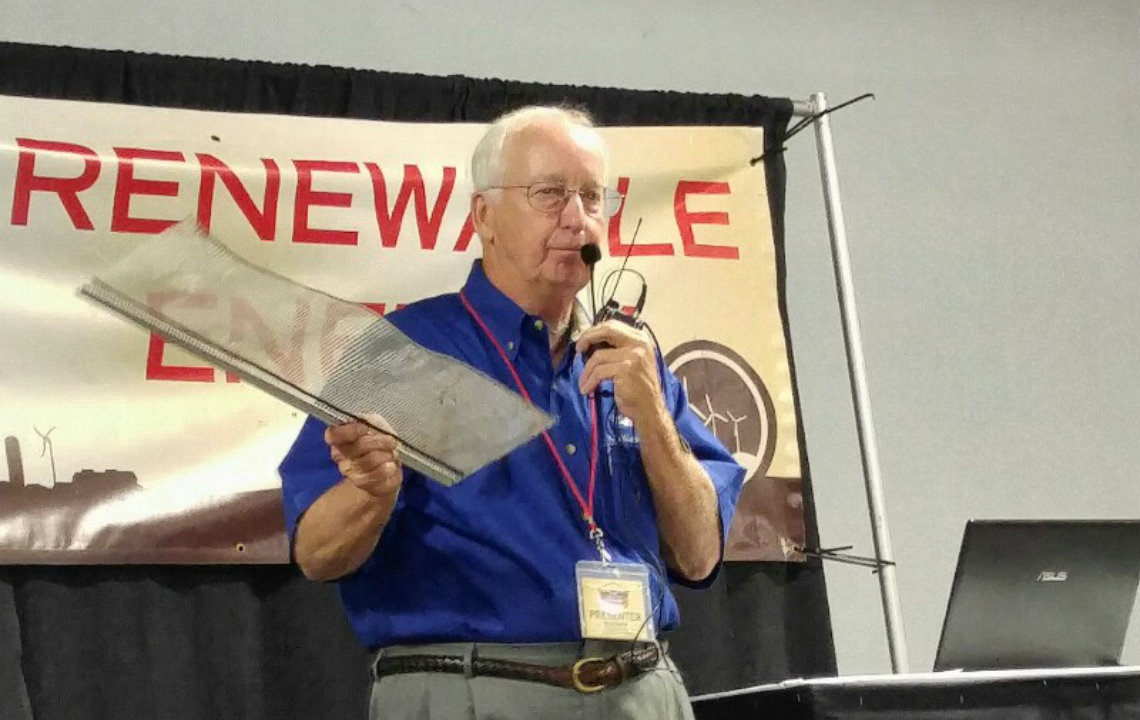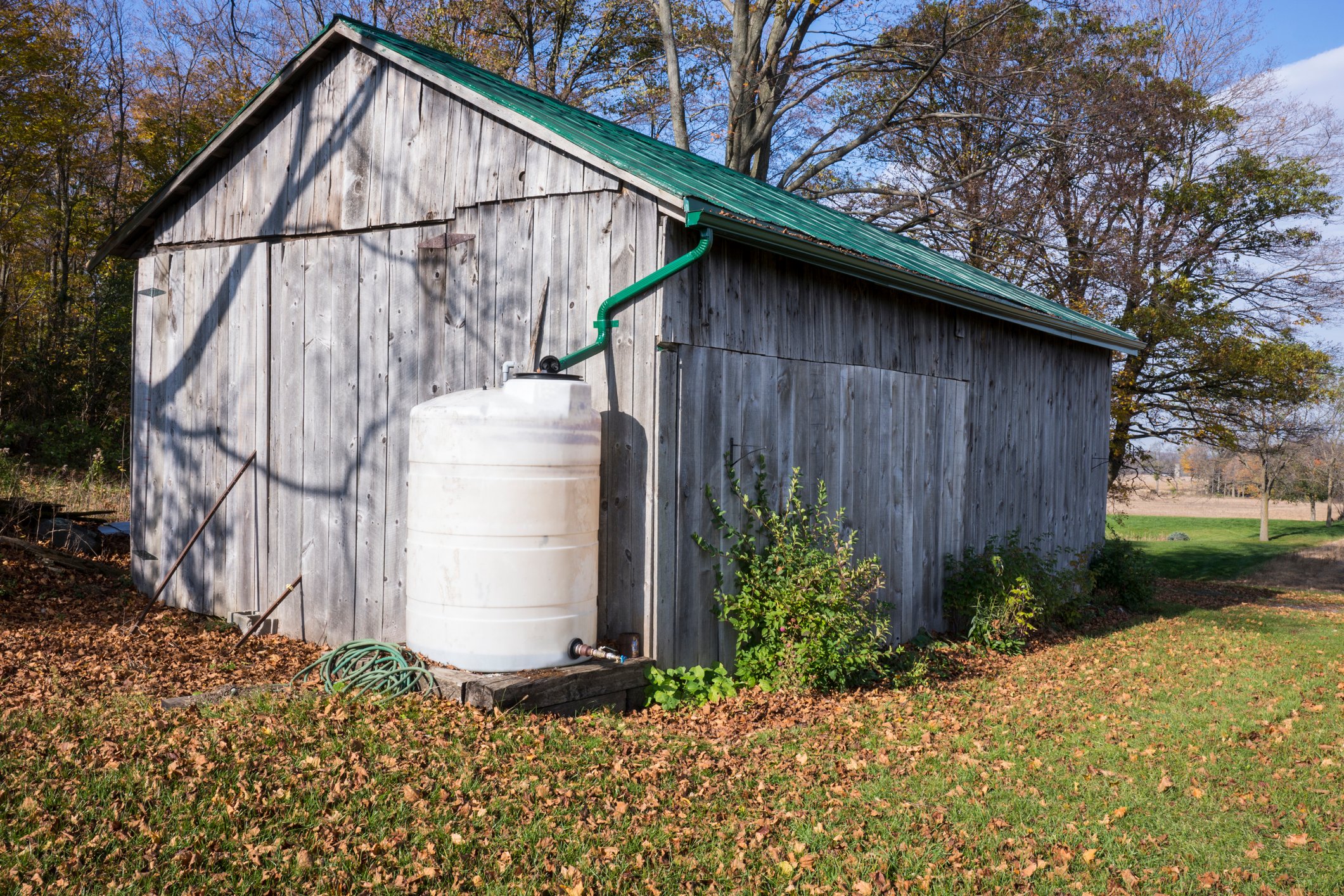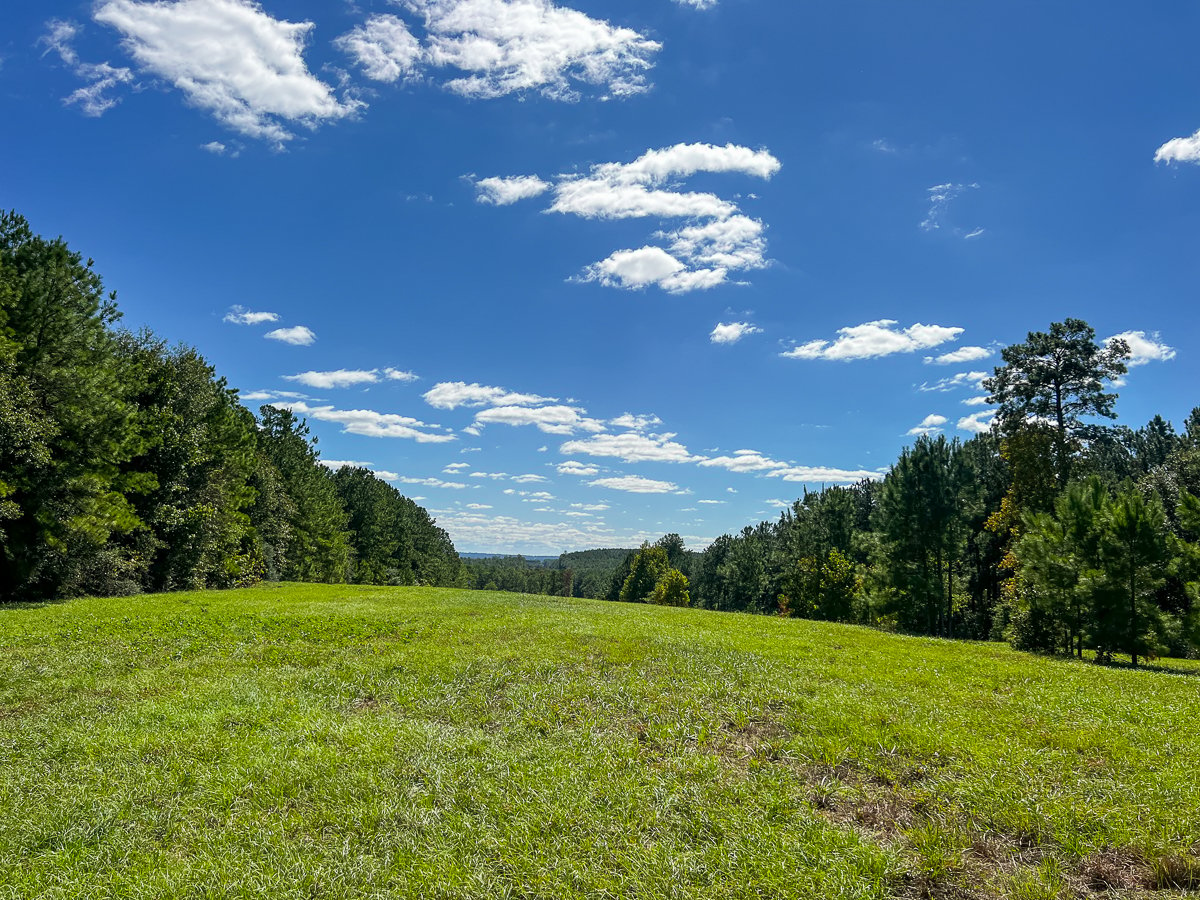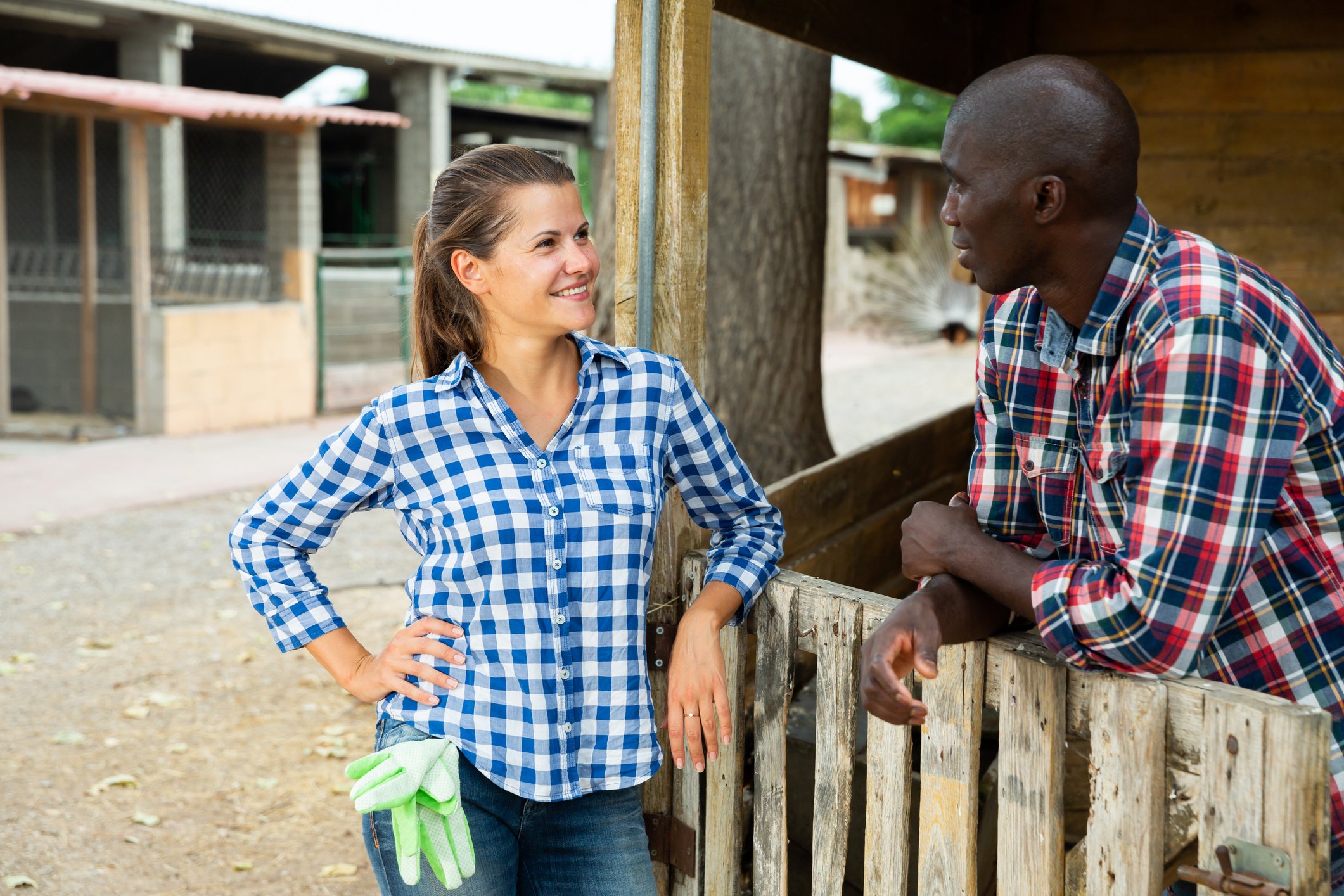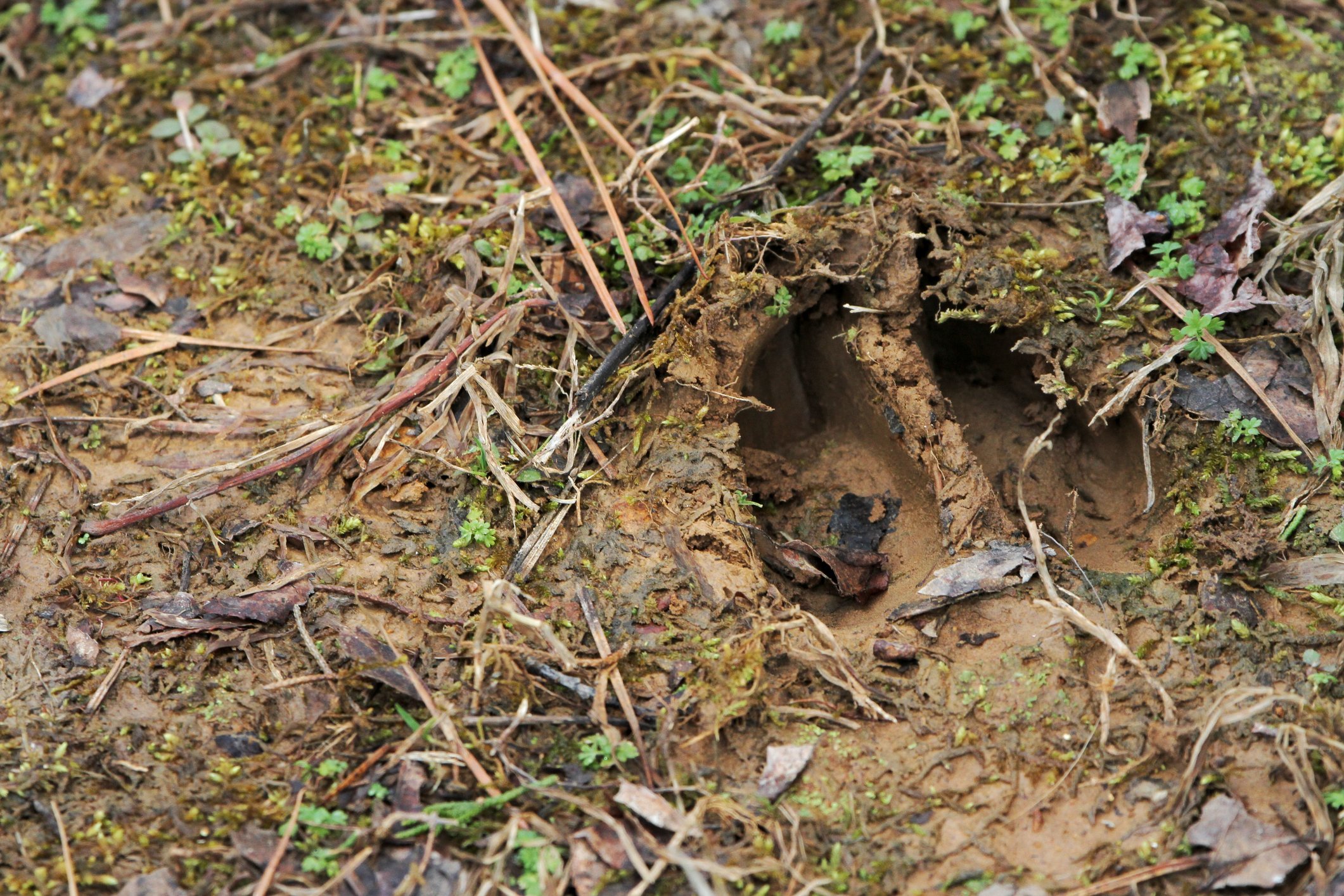The founder of Rainharvest School dispels myths and explains the right way to harvest rainwater to ensure it is safe for drinking.
BELTON, Texas--Whether it’s to save money on a water bill, move off the grid, find a healthier water supply or even just water the garden more efficiently, harvesting rainwater is becoming increasingly popular in the United States.
A basic rainwater harvesting system involves a (preferably metal) gutter system on a roof, which collects rainwater and feeds it into a pipe that leads to a ground-level cistern. Then the water is typically filtered through a sediment filter, followed by a carbon filter, and then an additional UV or ozone filter that zaps any remaining bacteria.
But not all rainwater harvesting methods are created equal.
We listened in as Rainharvest School founder Scott Shaffer dispelled myths and explained the right way to harvest rainwater at the 2016 Mother Earth News Fair in Belton, Texas.
Here’s what we learned:
Myth #1: Once your rain harvesting system’s water tests E. Coli-free, it is safe to drink without further testing.
Fact: E.coli, the shorter name for a dangerous bacteria called Escherichia coli, can appear any time in your water supply--even if it already tested clean previously. One reason is that animal waste, such as bird droppings, can get on the roof and into the water. The type of roof can make a difference in this stage of water collection, according to Shaffer. He recommends using a metal roof rather than a composite roof if possible. Shaffer, who has been drinking rainwater exclusively for 5 years, said he has his water tested monthly. A self coliform test kit costs about $10, or - in Texas - the local groundwater conservation district will test it for $25, he said.
Myth #2: Any form of coliform in your rainwater is dangerous.
Fact: Most strains of coliform are harmless. It is the E. Coli specifically that you need to look for. Shaffer said E. Coli will turn a distinct shade of purple in lab tests. If you do have E. Coli in your water, a series of treatments should eliminate it. Shaffer recommends using a sediment filter and a carbon filter, followed by anUltraviolet (UV) or Ozone Berkey filtration system, to purify the water. This article explains filtration and purification options in detail.
Myth #3: Disinfection begins once the rainwater reaches the filter.
 Fact: The first frontier of disinfection comes before the filters, at the moment you harvest the water on the roof.
Fact: The first frontier of disinfection comes before the filters, at the moment you harvest the water on the roof.
“The heart of disinfection is a microscreen that protects the gutter,” Shaffer explained.
He held up the screen (shown in he photo above), and then showed the audience a glass of yellow-tinged rainwater, which was harvested in one of the demo systems at the Rainharvest School in La Grange, Texas. The demo system does not have a microscreen, and its gutters are clogged with leaves and debris that taints the quality of the water.
Myth #4: It would require a very large roof and cistern to provide drinking water for a family.
Fact: Even a tiny house has a large enough roof to support rainwater harvesting. Shaffer demonstrates that at the Rainharvest School, where he uses a 180 square foot roof surface to collect 5 gallons of rainwater--which is more than enough drinking water for a family of four.
Regardless of the system you choose, safety should always be the priority.
In the classes he teaches at the Rainharvest School, Shaffer said he stresses to students to think carefully about what standard of water they want.
“We recommend to at least meet the EPA’s primary drinking water standards,” he said.
To learn more about the Rainharvest School, visit their website at texaswatersavers.com/rainharvest-school. Their classes, held on site in La Grange, give students a chance to do some hands-on learning with the design, layout and building process of a rain harvest system.
You can make sure you don’t miss any of our articles designed to teach you about country life and land buying by subscribing to our newsletter. Sign up at this link, and we’ll send you a monthly roundup of our latest posts.


